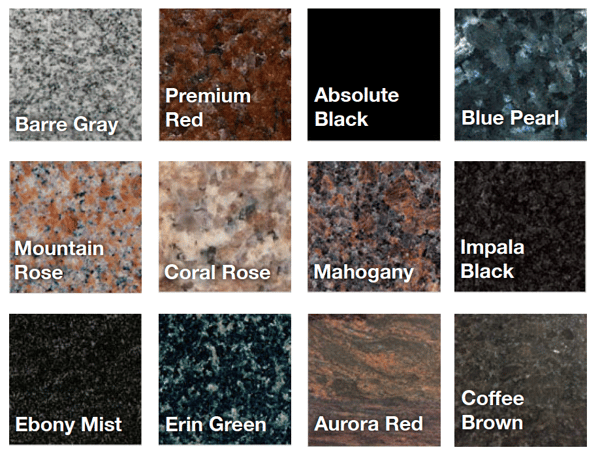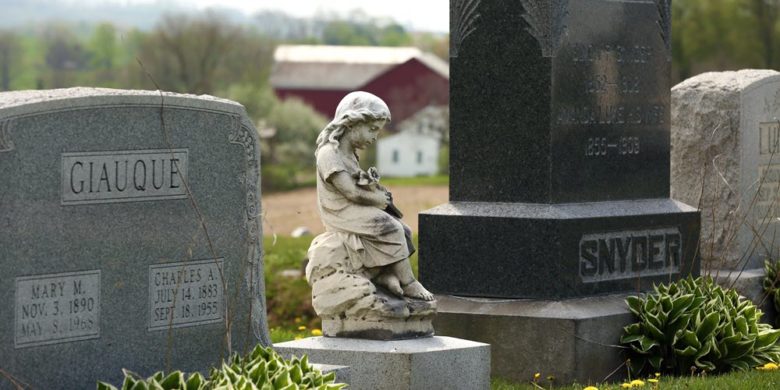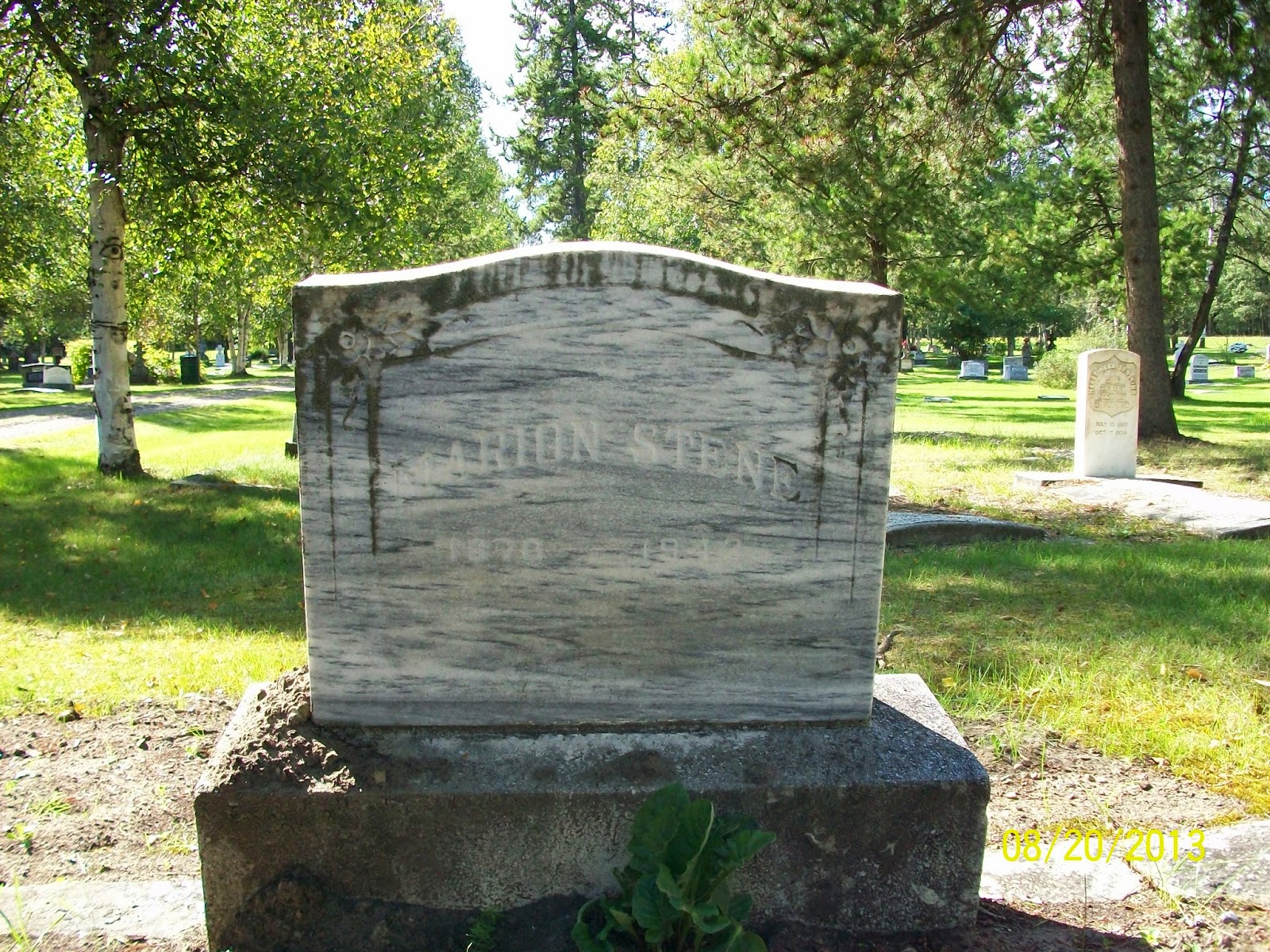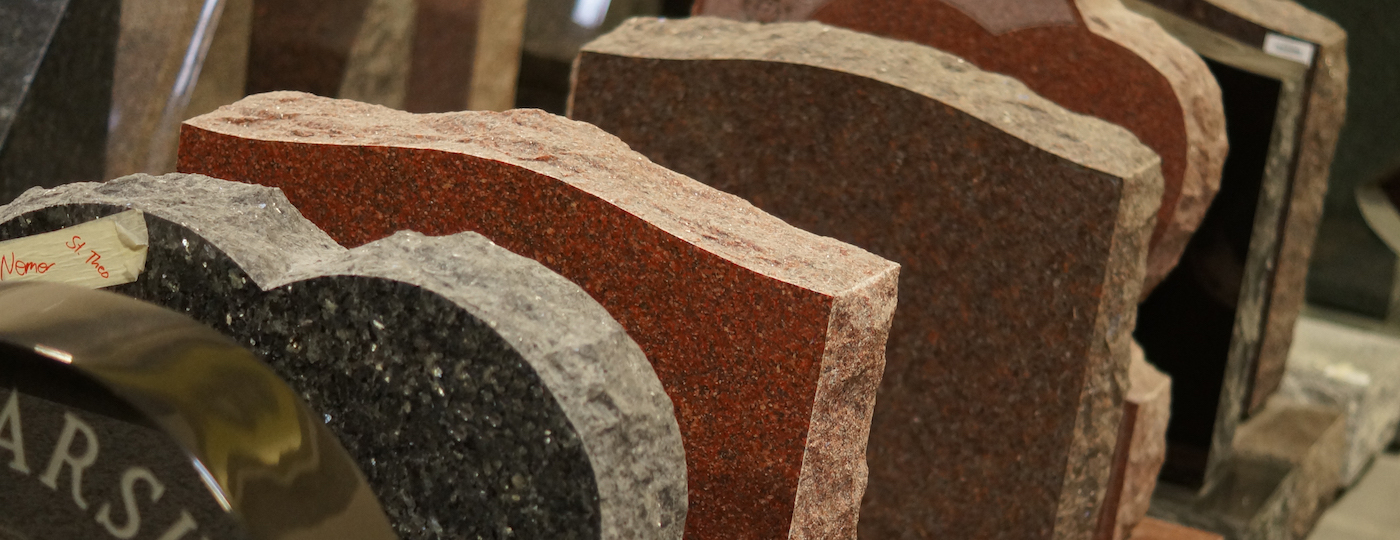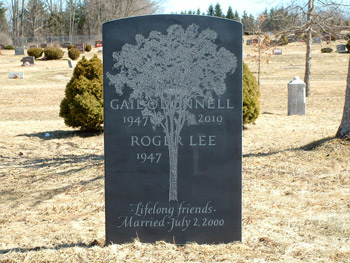Marble Gravestones Below Ground Deterioration

Deterioration comes from simply from weathering rain snow wind.
Marble gravestones below ground deterioration. Olive oil whale oil turpentine and wax represent just a few of the liquids applied to masonry in a mostly vain effort to inhibit the future deterioration of stone. One piece tablets are monolithic and are installed is setting them partially underground. Historically numerous substances have been used in an attempt to make stones last longer when placed outdoors. Marble is a metamorphic rock composed of recrystallized carbonate minerals most commonly calcite or dolomite marble is typically not foliated although there are exceptions in geology the term marble refers to metamorphosed limestone but its use in stonemasonry more broadly encompasses unmetamorphosed limestone.
A dry brush can damage the gravestone by removing the upper layers of the stone causing it to deteriorate faster or by opening small holes or pores for future biological growth. Remember less abrasion on the stone surface is best. Marble is a durable stone with small porosity which is why it is often used for gravestones and memorials as well as architecture. Dirt that penetrates into the pores of the stone can cause a dingy appearance.
It can also lead to staining. Today roberts gravestone lies flat on the ground one of many that have been damaged and worn by time and neglect in dodge burial ground a secluded cemetery in the woods off dodge street in. Certain conditions salt hydrocarbon and sulfur dioxide pollution contribute to the decomposition of the calcite structure of marble and allow it to be eroded rather rapidly. This is why the old gravestones of the midwest are barely legible because acid rain created by factory pollution has dissolved a lot of the calcite in the limestone and marble gravestones.
Unfortunately this is why many of those old marble memorials are nearly unreadable today while granite memorials from the same time are easily read and show almost no deterioration. Marble is commonly used for sculpture and as a building material. Marble dominated the north american grave scene through the 19th century with their clear white faces gleaming throughout cemeteries and burial grounds. This marble gravestone at the brick street cemetery london on from 1867 has been repaired in several places and shows evidence of black staining photo by author 2018.
For example minerals in the soil such as iron can leach into the headstone and cause rust colored stains. Pertaining to the process of gravestone resetting we are describing a one piece tablet stone.







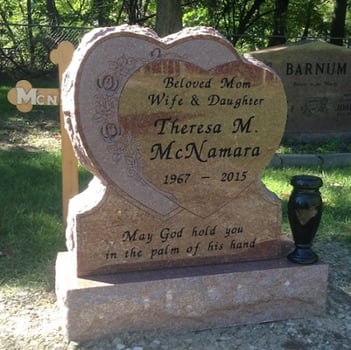

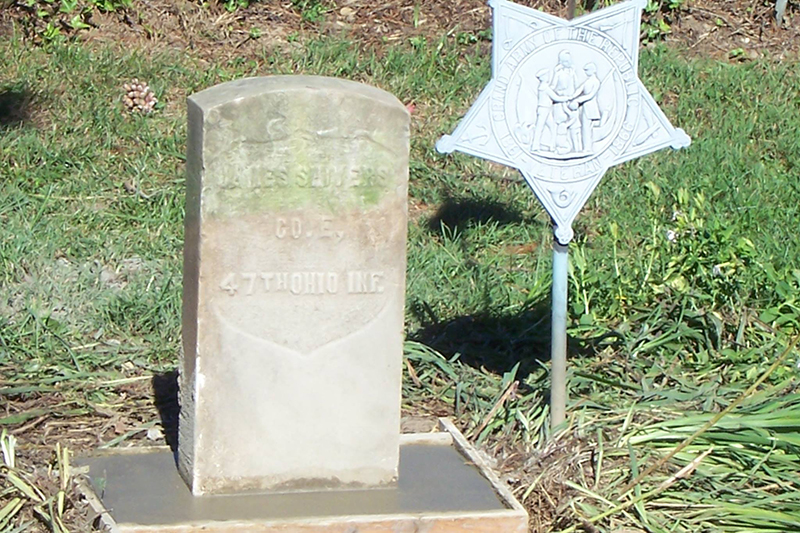
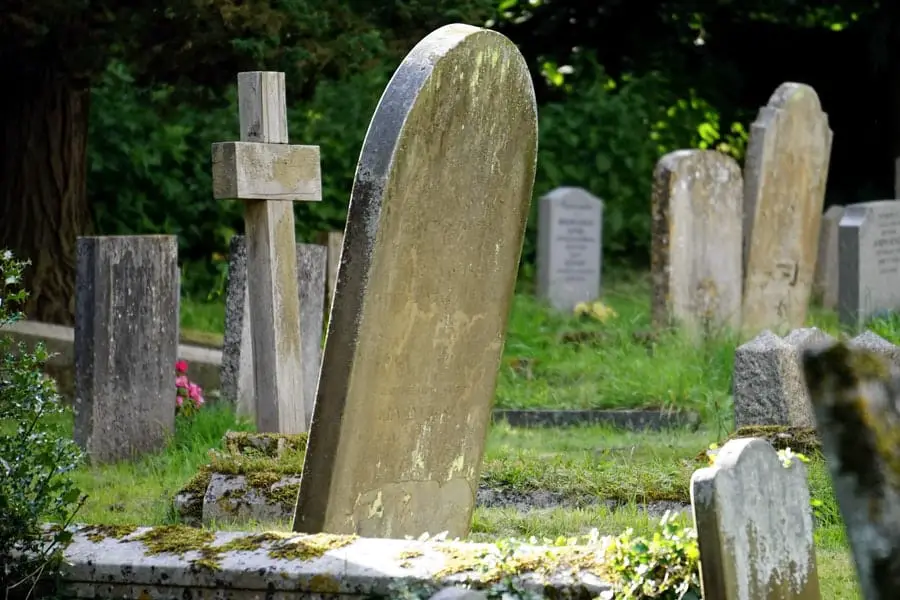








%205-11-13.jpg)












